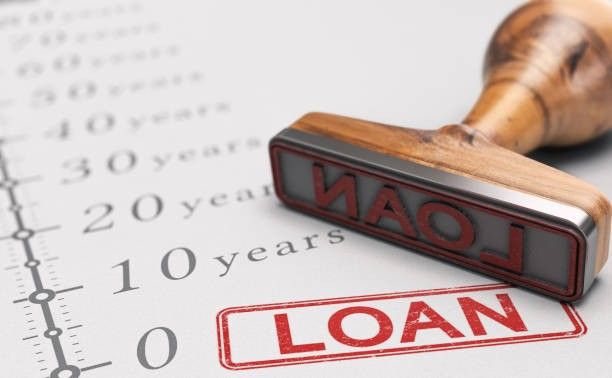A new study has revealed what percentage of the US has symptoms of anxiety or depression.
How Many Americans Have Anxiety?
Behavioral health treatment center, The Dawn Rehab Thailand, analyzed data from the Centers for Disease Control and Prevention to identify what percentage of each state’s population has anxiety or depressive symptoms.
Across the nation, 13.7% of the population report experiencing symptoms of depression, while 17% experience symptoms of anxiety.
What Demographics are Most Anxious?
The study has also examined the characteristics of those experiencing symptoms on a national level, as well as the percentage of those experiencing symptoms state-wide.
Those aged 18-29 are reported to have the highest percentage of symptoms of depression (24.1%) or anxiety (30.2%), while those aged 70-79 are reported to have the lowest rates (5.7% for depression and 6.8% for anxiety).
Age groups reporting symptoms of anxiety or depressive symptoms
Age group | Percentage of age group population with symptoms of anxiety | Percentage of age group population with symptoms of depression |
18-29 | 30.2% | 24.1% |
30-39 | 24.6% | 17.7% |
40-49 | 17.5% | 12.8% |
50-59 | 14.8% | 12.1% |
60-69 | 10.8% | 9.0% |
70-79 | 6.8% | 5.7% |
80 + | 7.7% | 7.0% |
Female residents across the US are more likely to have symptoms of depression (14.6%) or anxiety (20.4%) compared to their male counterparts.
Speaking on the findings, Helen Wells, Clinical Director at The Dawn Rehab Thailand, said:
“Tracking the prevalence of depression and anxiety nationwide and statewide is crucial to monitoring the changes in the nation’s mental health over time.
“By knowing where and to what extent depression and anxiety are prevalent, resources such as mental health professionals, support groups, and funding can be allocated more efficiently. This ensures that communities with higher levels of anxiety need receive adequate support.
“Publicly available data on the prevalence of depression and anxiety helps reduce the stigma associated with mental illness by normalizing discussions about these conditions. It encourages individuals to seek help and support, knowing they are not alone in their struggles.”








